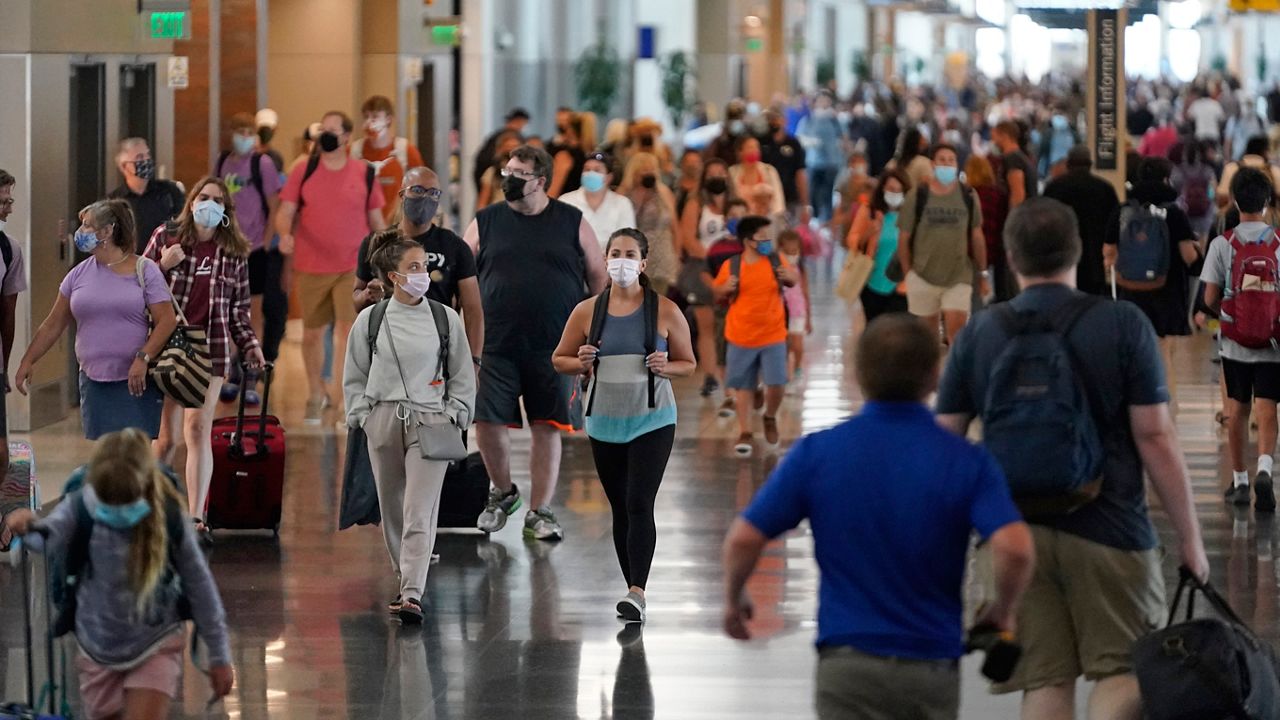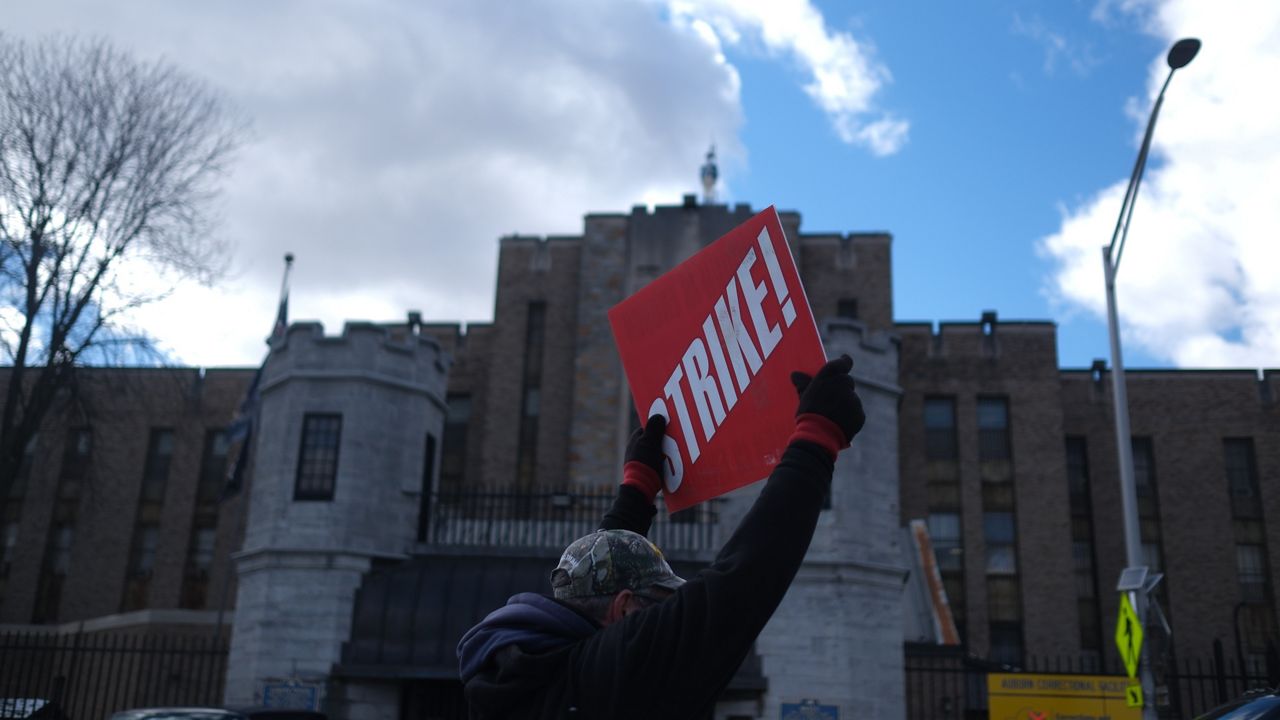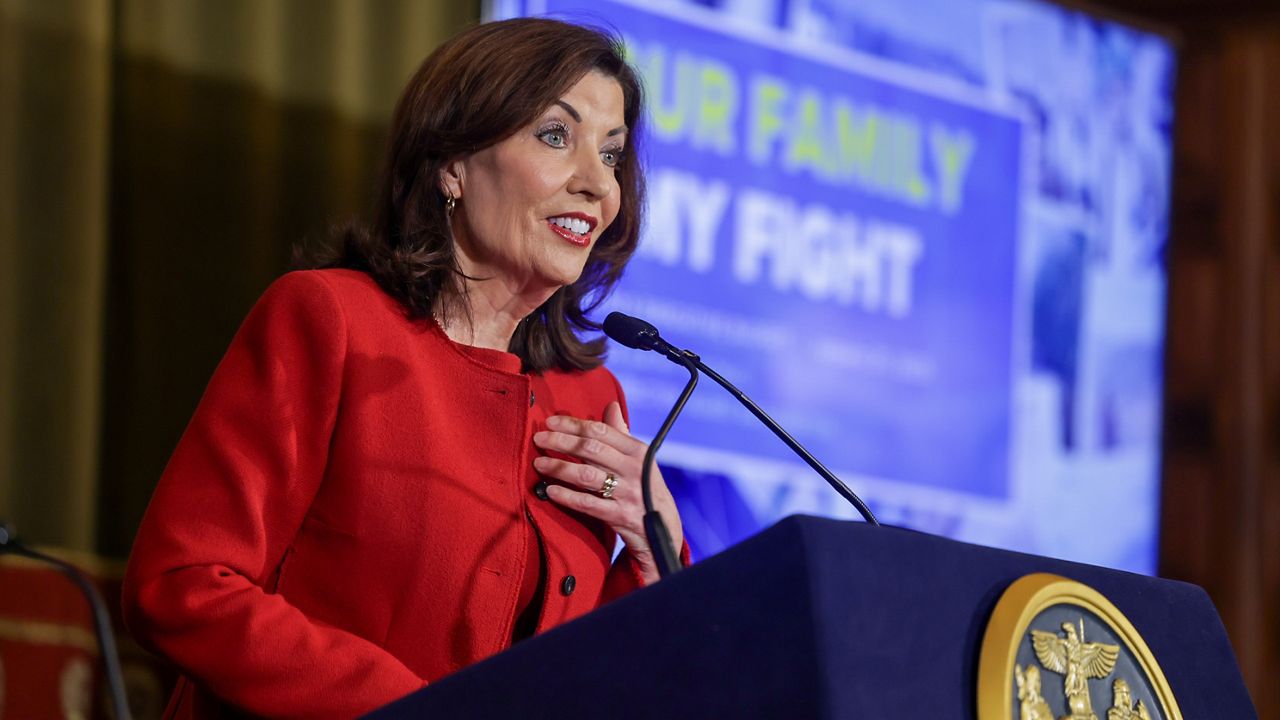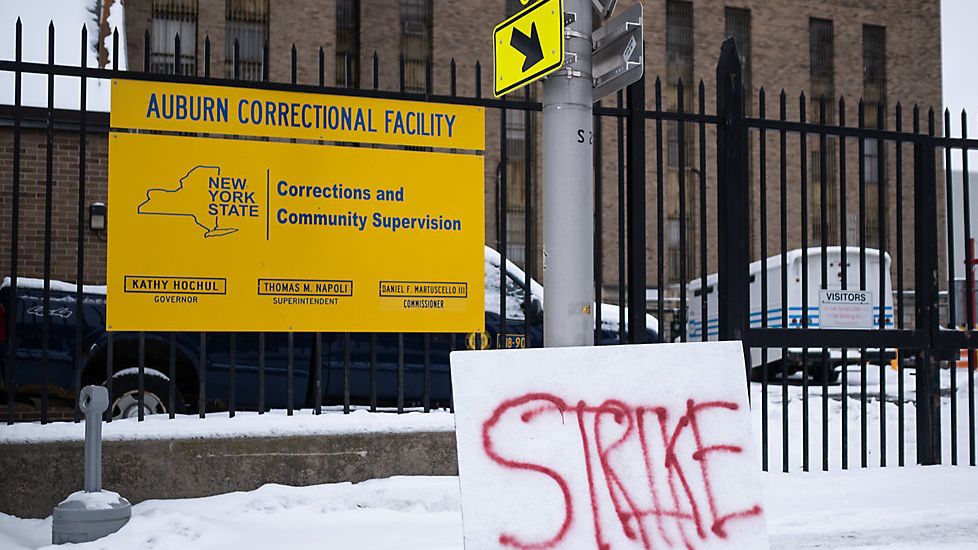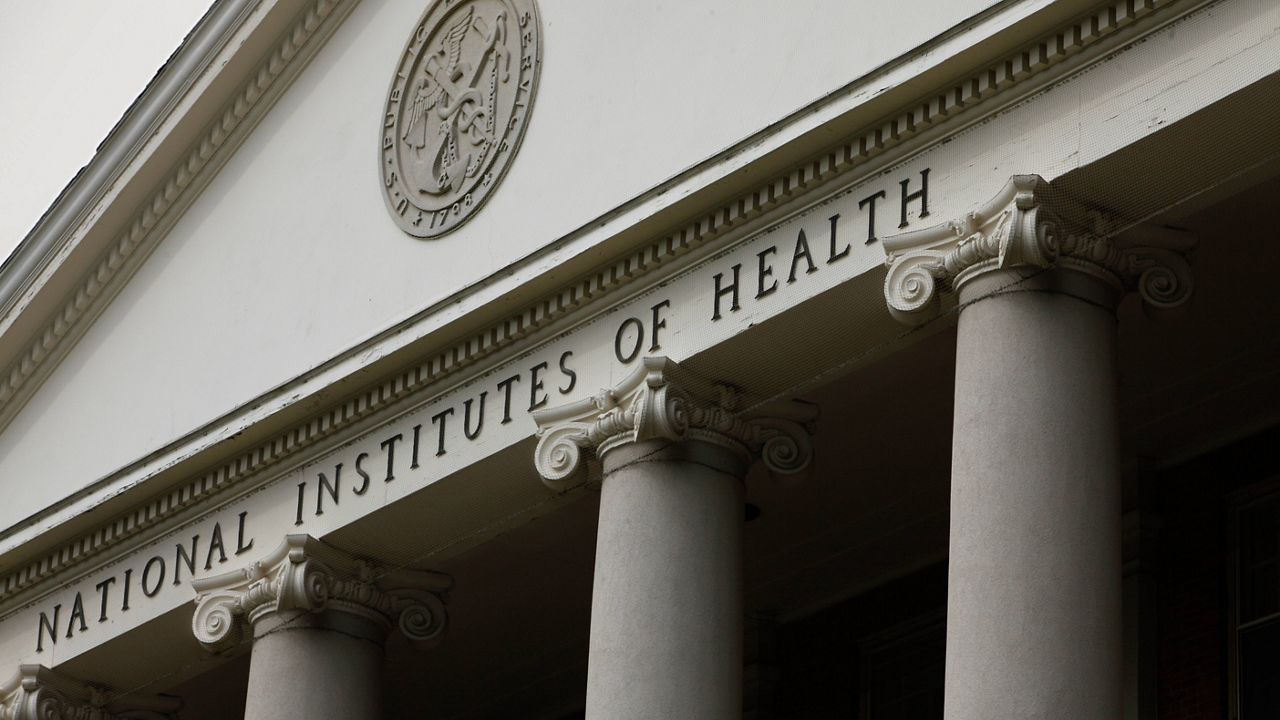State and local governments in New York over the last four days have put new COVID plans in place to respond to a rise in positive cases, as well as hospitalizations.
The effort comes as a new variant of the virus, believed to be highly contagious, has led to travel restrictions and warnings from public health officials.
Ulster County on Sunday evening became the latest local government to announce a response plan, with County Executive Pat Ryan declaring a state of emergency. The move is meant to free up county resources to get access to testing supplies and medical staff as well as deploy county workers to help with vaccinations and contact tracing if necessary.
“With COVID cases and hospitalizations surging, and the emergence of a new and potentially more dangerous variant, we must step up our efforts to ensure the health and safety of all of our residents,” Ryan said in a statement. “Informed by real-time data and the advice of our team of public health experts, this emergency order is an important step to allow the County to respond rapidly and effectively in order to combat the virus. We must do everything we can, individually and collectively, to prevent another difficult and deadly winter. I encourage all residents to get vaccinated, get your booster, and continue to socially distance and wear masks when indoors around others.”
In Erie County, County Executive Mark Poloncarz has already put in place an indoor mask requirement. And Gov. Kathy Hochul on Friday moved to put a so-called "surge and flex" plan in place for hospitals in the state that will allow state health officials to limit non-essential procedures. A day later, she moved to have nursing home residents receive booster shots of the vaccine.
As of Sunday, there are 2,756 COVID-related hospitalizations in New York, an increase of nearly 200 people since Wednesday.
The efforts come at a very different time during the pandemic. A summertime surge in cases in parts of the U.S. due to the delta variant of the virus came after mask requirements were largely dropped. In New York, then-Gov. Andrew Cuomo's powers to oversee the pandemic and put COVID-related restrictions in place were scaled back.
How the public responds, too, could be an early test for the politics surrounding the pandemic in New York. Hochul, who is running for a full term next year, was criticized by Republican gubernatorial candidate Rep. Lee Zeldin.
“Throughout the pandemic, New Yorkers had to limit their doctor visits and elected procedures with increased risk and harm related to major long term negative health consequences," he said. "Going backwards now to limit necessary health services will result in massive negative harm that absolutely must be avoided."
Hochul, who took office on Aug. 24, had pledged a more collaborative approach with local government officials during the pandemic. The omicron variant, depending on its severity, will likely test that approach in the coming weeks as New Yorkers had hoped to spend the holiday season with friends and family.
The latest variant also comes as public health officials have for nearly two years fought a pandemic. New York State Association of Counties Executive Director Steve Acquario urged patience as a potentially new phase of the crisis sets in.
"Combatting the COVID-19 pandemic remains a tense and vexing challenge for those responsible for protecting the public," he said. "Our chief elected officials must make decisions in real time based on the most up-to-date data, and these decisions can be unpopular but they are necessary to protect our communities. Our local public health officials, emergency managers, and coroners are experiencing high levels of fatigue and burn out. We respectfully ask for continued cooperation and civility as we go through this next COVID phase."




